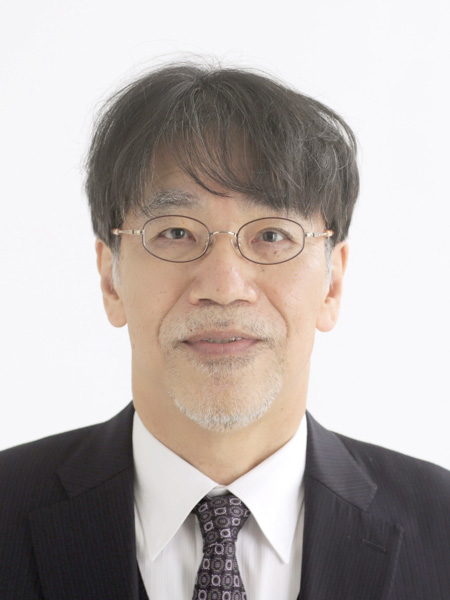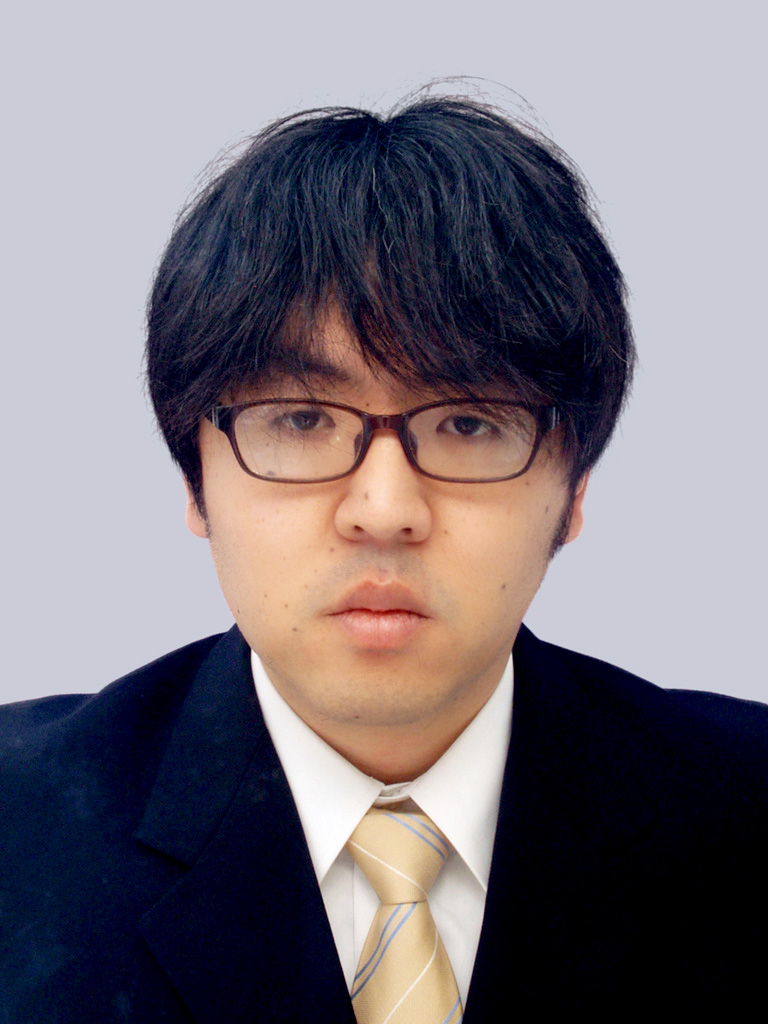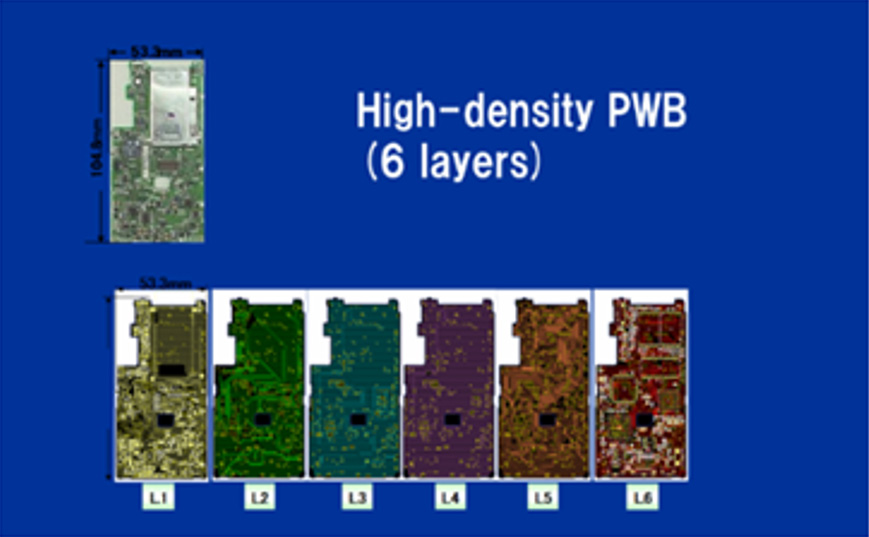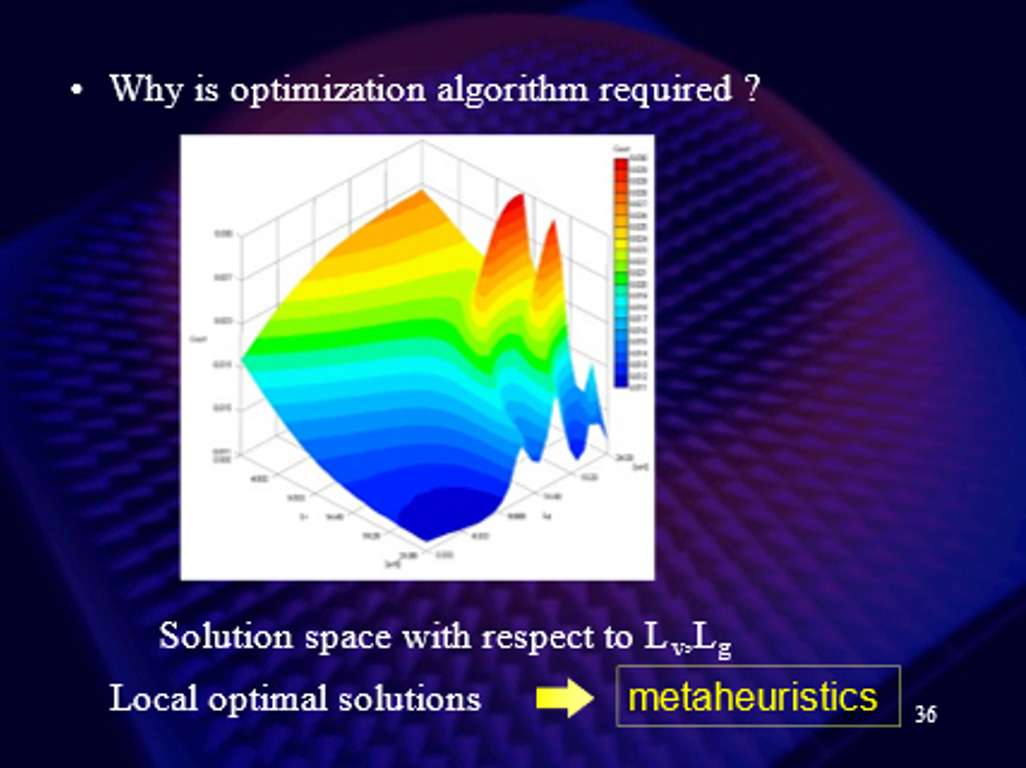Achievement Award
Massively Parallel and Distributed Processing 3D Electromagnetic Field Analysis and Design Optimization Method Using Implicit Method in Limited Direction


In conventional 3D electromagnetic field simulations, the shape of the object is represented by a fine 3D mesh and analyzed using explicit methods. In contrast, HIE-FDTD is a method to improve convergence by using implicit methods in a limited direction, and to obtain the optimal solution efficiently and quickly by using acceleration methods such as GPUs and parallel distributed processing and annealing methods. Hideki Asai proposed HIE-FDTD, which is an efficient and fast method to find the optimal solution by using the acceleration method, parallel distributed processing and the annealing method. One of the award winners, Hideki Asai, started his research on circuit simulation technology, equivalent to SPICE, and moved on to numerical analysis technology for coupling EMI/EMC, and ended up researching the quantification of electromagnetic noise as his theme.

In the course of his research, he aimed to integrate signal integrity (SI), power integrity (PI), and electromagnetic environment design for semiconductor, package, and board-to-board co-design and their related computer-aided engineering (CAE). We have been working on the development of HPC and high-speed SI/PI simulators and 3D electromagnetic field simulators, large-scale high-speed numerical analysis techniques using multi-GPU systems, and noise reduction in automotive electronics.
A method that can contribute to three-dimensional optimal design has become extremely important in various fields. Therefore, it is conceivable that three-dimensional electromagnetic field numerical analysis can be used for three-dimensional design. Therefore, in this research, we studied a high-speed 3D simulator and its optimization, which would play a central role in the transition from 3D numerical analysis to 3D optimized design. In addition to the development of the LIM (Latency Insertion Method) for circuit analysis, Asai proposed a three-dimensional HIE-FDTD method whose convergence does not depend on the tick width, which was extended to three-dimensional electromagnetic analysis technology. Dr. Masaki Unno, the other recipient of this award, has made a great contribution to the practical application of the method. He also devised an optimal design algorithm that enables optimized design including noise reduction. The development of basic technologies was aimed at in the following five areas:
1. High-speed simulation technology based on a parallel-distributed three-dimensional high-speed simulator with GPU devices, etc. (development of BLESS, a parallel-distributed, three-dimensional electromagnetic field simulator: awarded the Minister of Education, Culture, Sports, Science and Technology Prize)
2. Application of meta-heuristic methods for optimization based on annealing
3. Automatic updating of netlist
4. Optimization method based on simulated annealing and other methods
5. Realization of optimization including reduction of electromagnetic noise caused by wiring and cables in the optimized design (joint research with Semiconductor Science and Engineering Research Center of STARC for 9 years: Joint Research Award)

In the updating part of the netlist, the micro-parameters updated by the annealing and perturbation methods are updated for each iteration and for each calculation result. In the annealing, GA method, tabu search method, etc. are used. In general, numerical analysis such as annealing requires a lot of iterations and a huge amount of time, but by using powerful GPU hardware, we were able to construct and operate the system in a laboratory unit, which was previously possible by using parallel PCs (HIE-FDTD method). In other words, there is no need for special or expensive equipment. This means that the system can be used easily and inexpensively, and the optimization design can be done anywhere, which will contribute more to Japanese industry. The application of this system to high-density multilayer modules is also very valuable in the field of electronic devices. As described above, the achievements of the awardees are highly remarkable and worthy of the Society's Achievement Award.
References
- Masaki Unno and Hideki Asai: GPU-based Massively Parallel 3-D HIE-FDTD Method for High-Speed Electromagnetic Field Simulation, IEEE Trans. EMC, Vol54, No.4, pp.912-921, Aug. 2012.
- Masaki Unno and Hideki Asai: HIE FDTD for Hybrid System with Lumped Element and Conductive Media, IEEE Microw. Wireless Compon. Lett. Vol.22, No.6, pp.291-293, Jun
- J. Chen and J. Wang, "A three-dimensional semi-implicit FDTD scheme for calculation of shielding effectiveness of enclosure with thin slots," IEEE Trans. Electromag. Compat., pp. 354-360, May2007.
- F. Xiao, X. Tang, and L. Wang, “Stability and numerical dispersion analysis of a 3D hybrid implicit-explicit FDTD method," IEEE Trans. Antennas Propagat., vol. 56, pp. 3346-3350, 2008.
- W. Sui, D. A. Christensen, and C. H. Durney, "Extending the two-dimensional FDTD method to hybrid electromagnetic system with active and passive lumped elements," IEEE Trans. Microwave Theory Tech, vol. 40, no. 4, pp. 724-730, 1991.